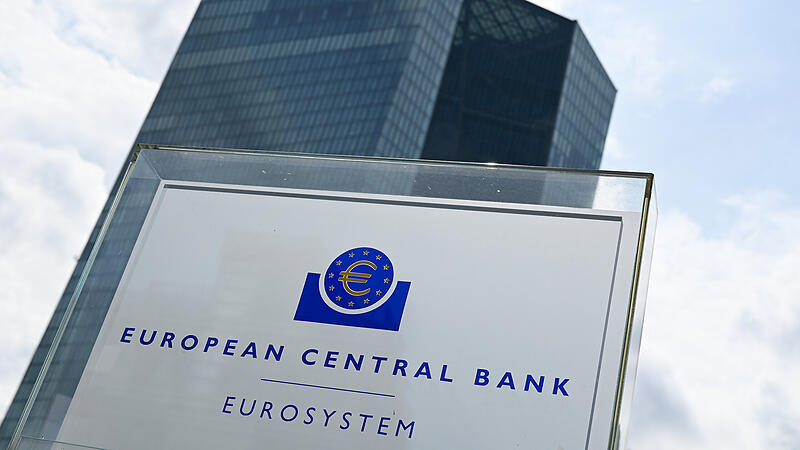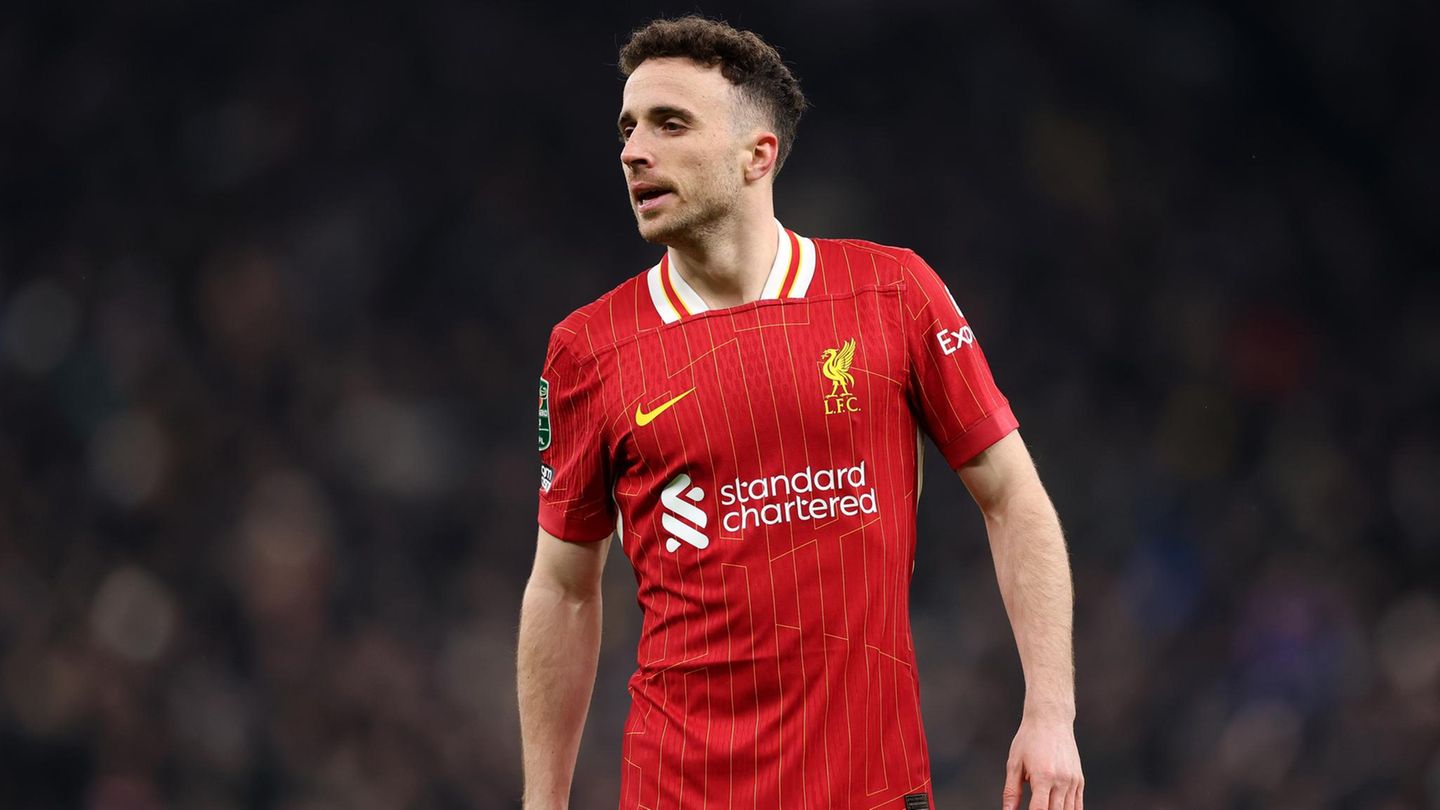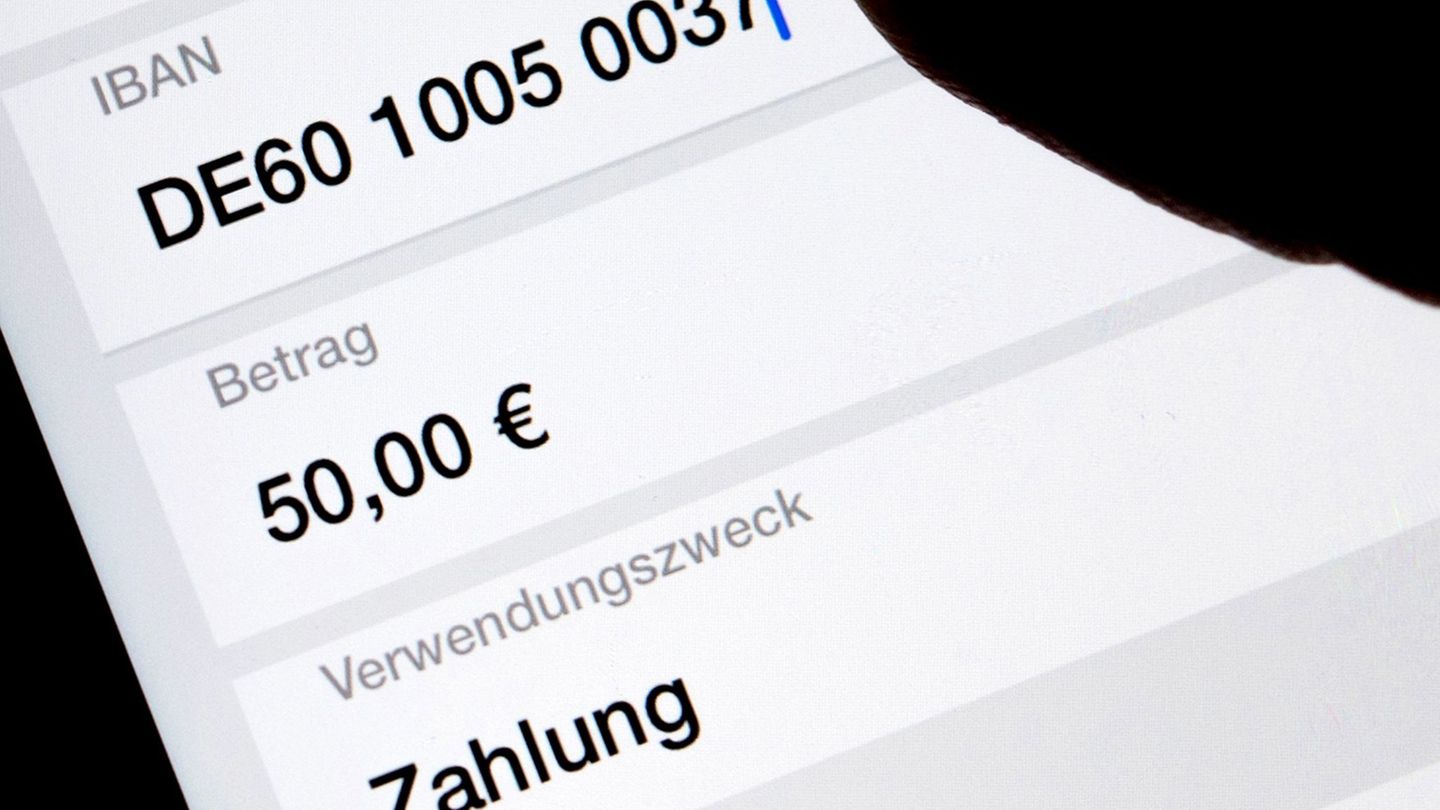Image: Arne Dedert (dpa)
The ECB has not yet discussed future interest rate steps, said de Guindos in an interview published on Tuesday in the Greek newspaper Naftemporiki. “We need to gather more information,” he said. “In June we will also have our new projections and then we will be ready to discuss them.”
- Also read: Brunner on housing package: “Loans should be available well before the summer”
This means that the deputy head of the central bank, Christine Lagarde, joins the ranks of euro watchdogs who in recent weeks have cited the monetary policy meeting on June 6th as a possible starting point for the interest rate turnaround. The latest developments show that there is a clear process of inflation ebbing, said de Guindos. This can be seen both in overall inflation and in the core rate, which excludes the volatile prices for energy, food, alcohol and tobacco. “The main risk is the combination of high wage growth, currently around five percent, and very low productivity,” he noted. This could lead to a significant increase in wage costs, which poses a risk, particularly in terms of inflation in the service sector.
2.0 percent inflation targeted
The inflation rate in the 20-country community last fell to 2.6 percent in February after 2.8 percent in January. The ECB is aiming for 2.0 percent inflation. The core rate fell to 3.1 in February from 3.3 percent in January.
The central bank chiefs of the Netherlands, Slovakia, Spain, Ireland and Greece had all suggested June as a possible date for a rate cut. ECB chief economist Philip Lane referred to the second quarter. “We will know a little more by April, we will know a lot more by June,” he recently told the TV station CNBC.
more from economics




